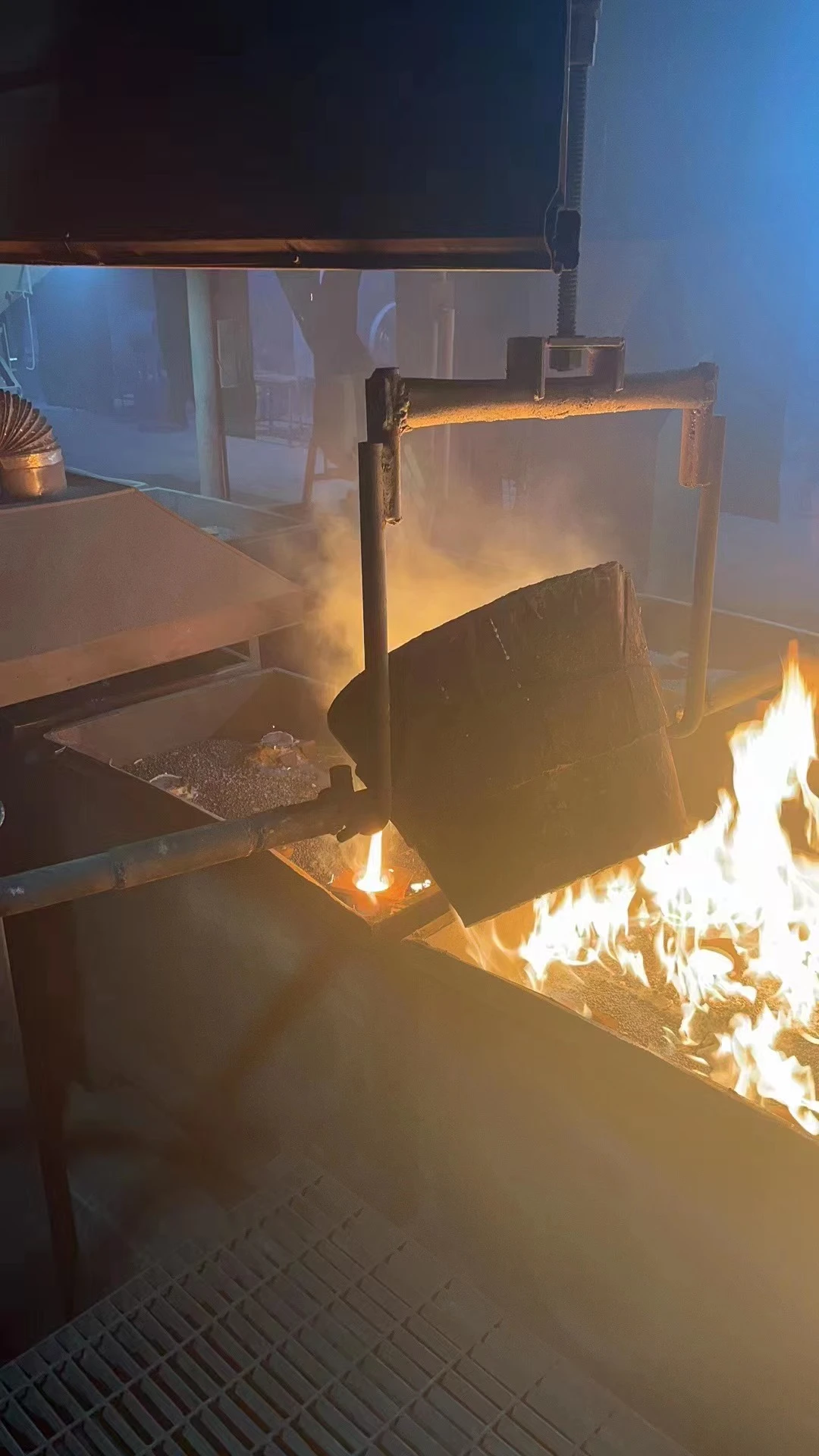cast iron corner
The Art and Utility of Cast Iron Corners
In the world of design and architecture, the details often matter just as much as the grand structures themselves. Among these details, cast iron corners stand out, offering both aesthetic appeal and practical benefits. This article delves into the charm and functionality of cast iron corners, examining their historical significance, contemporary use, and the craftsmanship involved in creating these unique architectural elements.
A Historical Perspective
Cast iron first emerged as a significant material during the Industrial Revolution, revolutionizing various industries, including architecture. This sturdy material allowed for the construction of structures that were not only durable but also visually stunning. One of the most remarkable innovations of this era was the incorporation of cast iron in decorative and structural components, including corner pieces. These elements added a touch of elegance to buildings while ensuring structural integrity.
In the late 19th and early 20th centuries, cast iron corners became particularly popular in urban architecture, often seen in storefronts, factories, and apartment buildings. The versatility of cast iron allowed for intricate designs that showcased the craftsmanship of the era. Artisans could create ornate patterns and designs, transforming functional corners into works of art that contributed to the overall aesthetic of a building.
Modern Applications
Today, cast iron corners continue to hold a place in both historical restoration and modern architectural design. In restoration projects, architects and conservators often seek to maintain the integrity of historical buildings by replacing or repairing original cast iron elements. This process not only preserves the building’s character but also honors the craftsmanship of past artisans.
In contemporary architecture, cast iron corners can be used to achieve a blend of old and new design elements. Modern architects may incorporate cast iron into new buildings as a nod to tradition, utilizing its strength and durability while embracing modern design philosophies. The aesthetic versatility of cast iron allows it to complement various architectural styles, from industrial to contemporary.
cast iron corner

Moreover, cast iron’s sustainability is becoming a noteworthy factor in its modern application. As a recyclable material, cast iron promotes eco-friendly practices in construction. Its longevity and resistance to corrosion mean that buildings featuring cast iron elements require fewer replacements, further minimizing environmental impact.
Craftsmanship and Design
The craftsmanship involved in creating cast iron corners is a remarkable fusion of art and engineering. The process begins with the design phase, where artisans create detailed patterns and molds. These designs can range from simple geometric shapes to intricate florals, allowing for a wide range of artistic expression.
Once a design is finalized, molten iron is poured into the molds to create the desired shape. This casting process requires precision and expertise, as even the slightest error can affect the final product’s strength and appearance. After the pieces cool and solidify, they are removed from the molds and undergo finishing processes, including grinding, polishing, and painting, to enhance their visual appeal.
The result of this craftsmanship is a range of cast iron corners that not only serve a structural purpose but also elevate the visual dialogue of any space they inhabit. These elements can serve as focal points or subtle accents, depending on the overall design intent.
Conclusion
Cast iron corners symbolize a beautiful intersection of history, craftsmanship, and modern design. Their ability to blend functionality with artistry makes them a favored choice in various architectural applications, from restoration projects to new constructions. As we continue to navigate the balance between tradition and innovation, cast iron corners stand as a testament to the enduring appeal of well-crafted architectural elements. Whether in a historic building or a new urban development, these pieces remind us of our architectural heritage while inspiring future designs. As we appreciate the stories and artistry behind cast iron corners, we recognize their significant role in shaping the spaces we inhabit.
-
Wrought Iron Components: Timeless Elegance and Structural StrengthNewsJul.28,2025
-
Window Hardware Essentials: Rollers, Handles, and Locking SolutionsNewsJul.28,2025
-
Small Agricultural Processing Machines: Corn Threshers, Cassava Chippers, Grain Peelers & Chaff CuttersNewsJul.28,2025
-
Sliding Rollers: Smooth, Silent, and Built to LastNewsJul.28,2025
-
Cast Iron Stoves: Timeless Heating with Modern EfficiencyNewsJul.28,2025
-
Cast Iron Pipe and Fitting: Durable, Fire-Resistant Solutions for Plumbing and DrainageNewsJul.28,2025
-
 Wrought Iron Components: Timeless Elegance and Structural StrengthJul-28-2025Wrought Iron Components: Timeless Elegance and Structural Strength
Wrought Iron Components: Timeless Elegance and Structural StrengthJul-28-2025Wrought Iron Components: Timeless Elegance and Structural Strength -
 Window Hardware Essentials: Rollers, Handles, and Locking SolutionsJul-28-2025Window Hardware Essentials: Rollers, Handles, and Locking Solutions
Window Hardware Essentials: Rollers, Handles, and Locking SolutionsJul-28-2025Window Hardware Essentials: Rollers, Handles, and Locking Solutions -
 Small Agricultural Processing Machines: Corn Threshers, Cassava Chippers, Grain Peelers & Chaff CuttersJul-28-2025Small Agricultural Processing Machines: Corn Threshers, Cassava Chippers, Grain Peelers & Chaff Cutters
Small Agricultural Processing Machines: Corn Threshers, Cassava Chippers, Grain Peelers & Chaff CuttersJul-28-2025Small Agricultural Processing Machines: Corn Threshers, Cassava Chippers, Grain Peelers & Chaff Cutters












